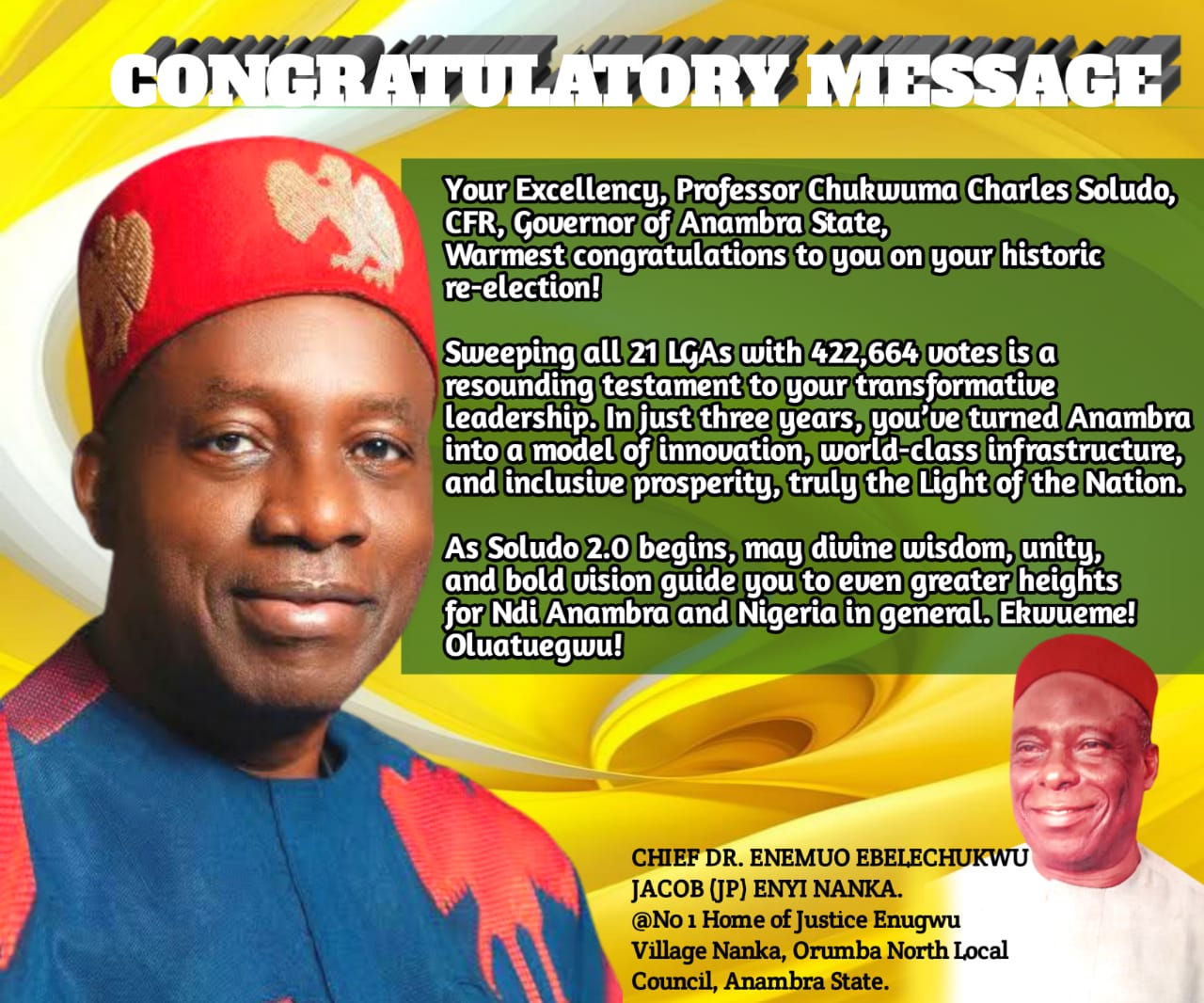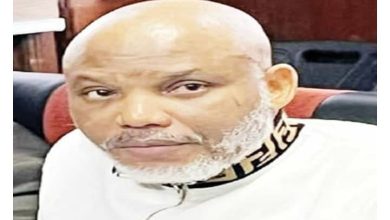
BY TONY OKAFOR
When the late Dr. Chinwoke Mbadinuju, a former governor of Anambra State, conceived and began the construction of the Awka Township Stadium, he envisioned a vibrant hub for sports, youth development, and community pride.
Awarded at a contract sum of about ₦2 billion, the project once held immense promise for future generations.
However, like many noble intentions in Nigeria’s political landscape, it was left to rot—another dream buried beneath the dust of abandonment.
Nearly two decades later, it took the intervention of another former governor, Chief Willie Obiano, to revive and reshape that dream.
In the twilight of his administration, Obiano committed resources to breathe life back into the project.
He pushed it to a commendable level of completion while simultaneously overseeing landmark developments such as the Anambra International Airport (now Chinua Achebe Airport) and the International Convention Centre in Awka.
Upon completion, the stadium proudly hosted top-tier Nigerian Premier League matches featuring teams like Enugu Rangers International and Heartland FC of Imo State.
It finally became a symbol of sporting pride for Ndi Anambra.
Today, however, the Awka Township Stadium stands as a ghost of its former promise.
Rather than build on this momentum, the current administration under Governor Chukwuma Charles Soludo has turned a blind eye to the stadium’s potential.
When the governor launched the “Solution Fun City” project right next door, many hoped for a unified recreational complex—a games village harmonizing sports, leisure, and youth engagement.
Instead, the stadium was literally walled off from this new development.
As the Solution Fun City grew in splendour, colour, and excitement, the stadium next door was fenced out—excluded from the dream.
Those fences do more than divide the land; they represent a wall of neglect, a failure in planning, and a disconnect from community need.
Today, the stadium is a shadow of itself. Its facilities are deteriorating, its pitch unfit for serious competition, and its stands lie empty and forlorn.
One glance tells the story: it has been forsaken.
This is not just a case of oversight—it is a failure of vision.
Stadiums are not mere concrete arenas. They are socioeconomic lifelines.
They generate employment—from maintenance crews to vendors.
They keep youths engaged, instilling discipline, teamwork, and ambition. They promote sports tourism, attracting tournaments that breathe life into hotels, restaurants, and transportation hubs.
They create the kind of unity and communal pride that no amusement park can replicate.
To isolate the stadium from the new development wave is to rob Awka of a holistic future.
Sports and fun are not competing interests—they are complementary.
Choosing one at the expense of the other is not only shortsighted but deeply unfair to the people of the state, especially its youth.
At present, the contrast between the loved Solution Fun City and the decaying Awka Township Stadium is a sad metaphor for misplaced priorities.
It is time for the Soludo administration to rewrite this story.
The Awka Township Stadium deserves urgent revitalization and full integration into the state’s broader recreational ecosystem.
Only then can Anambra truly boast a balanced, inclusive, and visionary development model.
Because fun without sports is like laughter in a tragedy—it misses the point.





